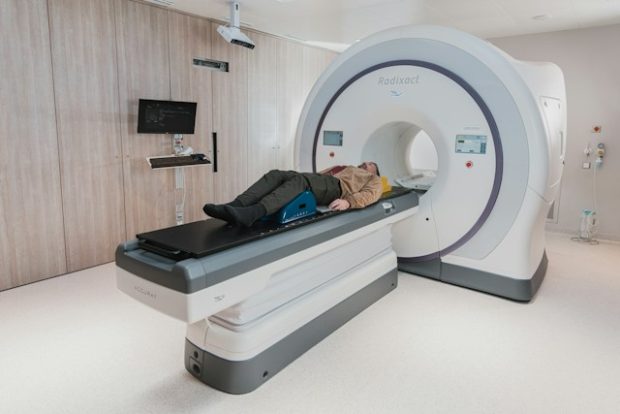In the dynamic field of medical imaging, urologic imaging stands out as a rapidly advancing area.
With the integration of new technologies and techniques, the diagnosis and treatment planning for urologic conditions have significantly improved. This evolution enhances the accuracy of diagnoses and plays a crucial role in patient outcomes and the personalisation of treatment strategies.
The Transformation of Urologic Imaging
Urologic conditions, ranging from benign prostatic hyperplasia to urothelial carcinoma, require precise and early diagnosis for effective management. Traditional imaging methods, while effective, had limitations in terms of resolution and specificity. The advent of advanced imaging modalities has revolutionised this landscape.
High-Resolution Ultrasound
Recent years have witnessed the emergence of high-resolution ultrasound technology in urology. This non-invasive technique provides detailed images of the urinary tract, allowing for better visualisation of small lesions and structural abnormalities. It is particularly beneficial in detecting and monitoring renal masses and bladder abnormalities.
MRI
Magnetic Resonance Imaging (MRI) has become an indispensable tool in urologic imaging, particularly with the introduction of multiparametric MRI (mpMRI). This technique combines various MRI sequences to provide detailed images of the prostate, aiding in the detection, localisation, and staging of prostate cancer.
Urocare, a specialised MRI protocol, enhances the visualisation of small prostate tumours, thereby improving diagnostic accuracy and aiding in the planning of targeted biopsies.
CT Urography
Computed Tomography (CT) Urography is another milestone in urologic imaging. It is especially useful in evaluating the upper urinary tract for urothelial carcinoma. The detailed cross-sectional images obtained help identify even the smallest of lesions, facilitating early intervention.
The Impact of AI and Machine Learning
Artificial Intelligence (AI) and Machine Learning (ML) are at the forefront of transforming urologic imaging. These technologies enable the analysis of large datasets, improving the accuracy of diagnoses and predicting patient outcomes.
AI algorithms can identify patterns in imaging that might be missed by the human eye, thus providing crucial assistance in diagnosis and treatment planning.
Personalised Imaging Approaches
Integrating AI into urologic imaging has paved the way for personalised imaging approaches. By analysing patient-specific data, AI algorithms can recommend the most suitable imaging modality and protocol for each individual, ensuring optimum diagnostic quality and patient safety.
Future Directions in Urologic Imaging
The future of urologic imaging is promising, with ongoing research focusing on further enhancing imaging capabilities. Innovations like 3D imaging and augmented reality are expected to provide more comprehensive views of the urinary tract, improving surgical planning and outcomes.
Additionally, the development of contrast-enhanced ultrasound and PET/CT scans promises to provide even more detailed and functional information about urologic conditions.
Integrating Genomics With Imaging
A burgeoning area of research involves the integration of genomics with imaging. This approach, known as radiogenomics, aims to correlate imaging features with genetic information. This could lead to more tailored treatment strategies based on the genetic makeup of a tumour, revolutionising how urologic cancers are treated.
Navigating New Horizons
The advancements in urologic imaging mark a new era in diagnosing and treating urological conditions. These innovations refine our understanding of urologic diseases and open doors to more personalised and effective treatment approaches.
As we navigate these new horizons, the focus remains on improving patient outcomes through technological excellence and integrated care. With continued research and development, urologic imaging is set to redefine the standards of patient care in the field of urology.
Read More:


